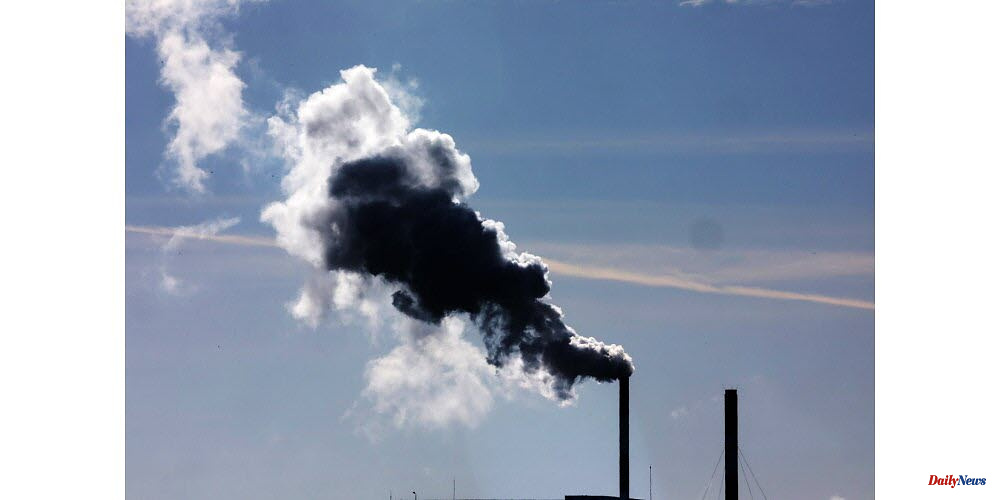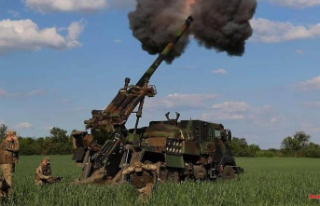A carbon market allows companies and states to purchase greenhouse gas emission rights to offset their own emissions. Low emitters or countries can also sell the "carbon credits" that they have bought. Carbon has a market price. This price fluctuates depending on the economic context.
These companies and states all benefit from quotas that allow them to emit a specific amount of CO2. They must purchase carbon allowances from companies or countries that have not exceeded this limit if they want to exceed it. This ceiling can be lowered at certain maturities.
This is to encourage companies and countries to reduce greenhouse gas emissions. The more they pollute, then the more carbon credits they need to offset their emissions. This is known as the "polluter pays principle", which allows states and industries that have contributed the most to climate change to be paid.
All Europe states that companies who have not obtained enough allowances relative to their greenhouse gas emissions will be fined by the State participating on this carbon market. The fine is 100 Euros per tonne.
These carbon markets can be established at the level of a country, region, or city. They can also be established on an international basis between multiple countries. The European Union's carbon marketplace, which was established in 2005, is an example of this. The EU carbon market has been joined by Iceland, Norway, Liechtenstein, and Liechtenstein since 2008. .
According to the International Carbon Action Partnership there are currently 25 carbon markets active in the world. These markets are primarily located in North America, Europe and China. Ten more are currently in development and fourteen are being considered.
The European Union's carbon marketplace does not affect all businesses. According to the Ministry of Ecological Transition, only certain industries and sectors are affected by it. These include electricity and heat (energy), steel, iron and cement, glass and ceramics, pulp and lime, and ferrous and nonferrous metals like aluminum, nitric, adipic, glyoxylic, and glyoxylic acids.
Not only are carbon dioxide emissions important, but so is nitrous oxide (N2O), since 2008, and perfluorocarbon, since 2013.
According to All-Europe "the European carbon market covers approximately 36% of EU greenhouse gases emissions".
According to ministry data, nearly all EU countries saw their industries subject to carbon market emissions decrease between 2005-2016. The ministry's data shows that the EU countries saw their emissions decrease between 2005 and 2016.
The key text of the reform of the European carbon markets was being considered. It was submitted to the vote by MEPs on Wednesday. It was defeated by 340 votes (264 against, 34 abstentions), as it was not ambitious enough to be supported by the Greens or the left.
It was clear that the text proposed expanding the market to include road transport and residential heating. It also suggested a 63% reduction in carbon emissions from the European market sectors by 2030, as compared with 2005. This is better than the goal proposed by the Commission (-61%), and clearly lower than the vote of the Environment Parliamentary Committee (67%).
Also, the reform adjusted the timeline for removing the free emission quotas given to European industrialists. Imports into the EU from polluting sectors are now taxed according to the price of European carbon2. Recall that the European Commission proposed in July 2021 the introduction of a carbon tariff at EU borders on imported products made outside Europe. Importers of certain polluting industries (electricity and cement, steel, fertilizer etc.) would pay this tax. ).
The EPP pushed for an amendment to the text that was adopted Wednesday by the EPP. It demanded the maintenance of EU free quotas until 2034 in the name business competitiveness. The EPP also proposed an amendment to the text that would have allowed for maintenance of EU quotas until 2034 in the name of business competitiveness. This delayed implementation of carbon border tax completely until 2034. The Environment Committee had previously voted to allow this "border adjustment", five years earlier than the Commission's proposal, to take effect in full and to abolish free allowances.
The Greens were adamant that the final text, which included all of these arbitrations, was unacceptable.
MEPs voted again on Wednesday to accept that the text was resent back to the parliamentary commission to be discussed once more.
Our newspaper was contacted by Pascal Canfin (Renew), MEP for Malta. He stated that he was optimistic about reaching a consensus within the next weeks. "We will renegotiate in 15 days the block party. Technically, it's the end of free quotas, from which industrialists were able to benefit so as not pay the carbon price. It is now up to you to decide when it will stop. This end date was not agreed upon. He stated that he was optimistic about reaching a compromise and that the text, which will include the carbon border tax mechanism, would be voted upon.












